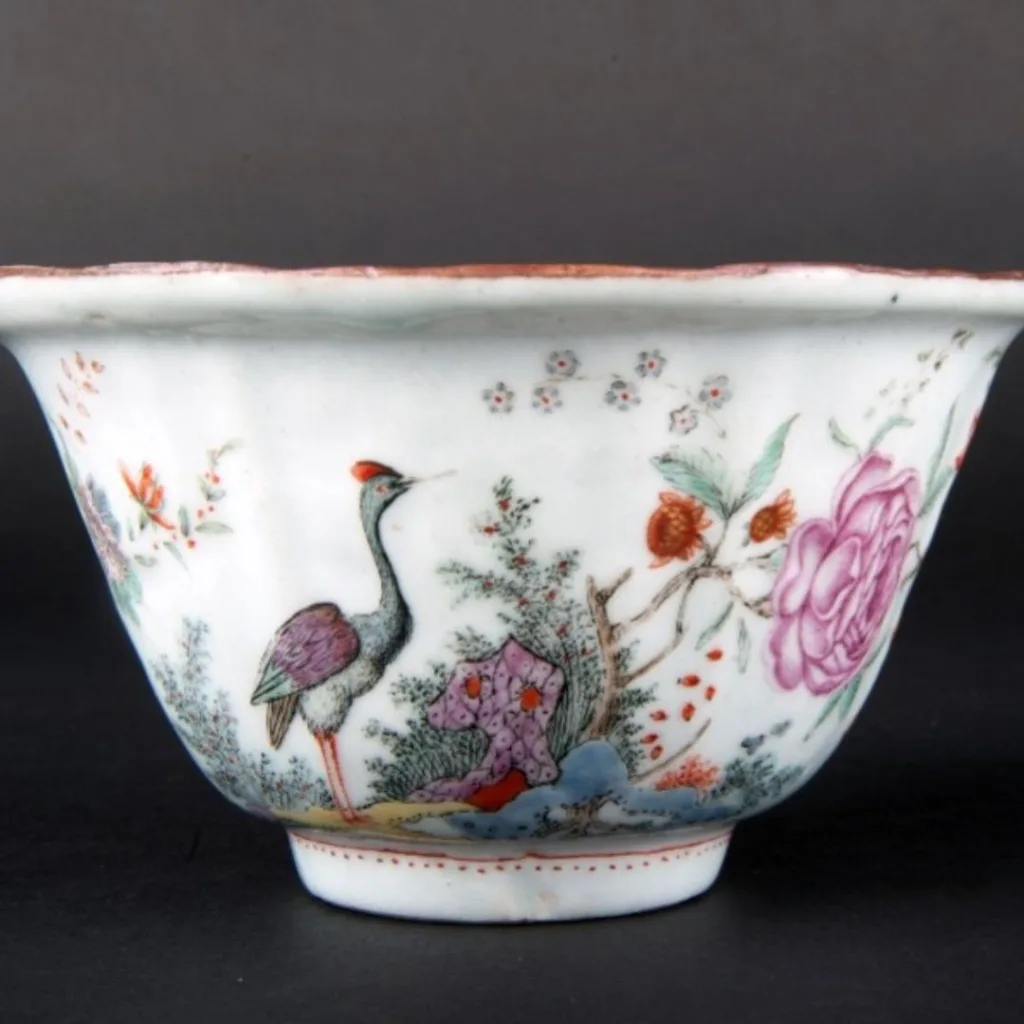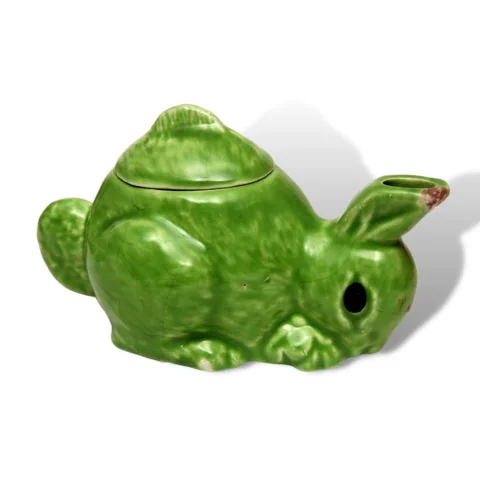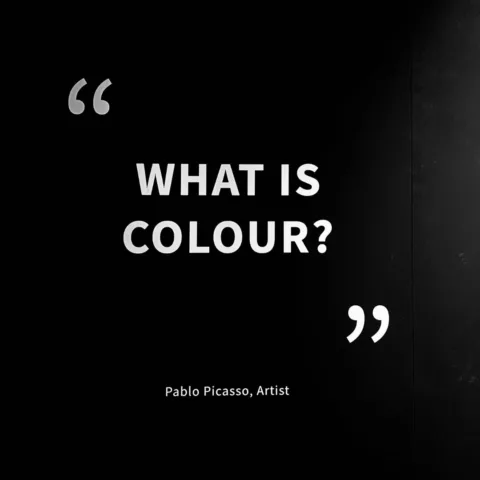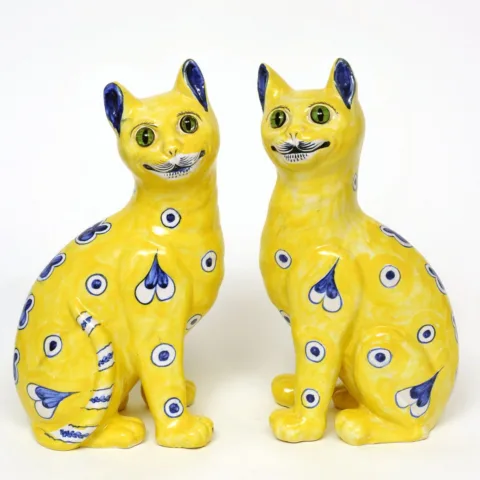The Bowes Museum Blog

The Bowes Museum of Japanese Art – in Liverpool?!

The Bowes Museum, Barnard Castle, County Durham [let’s get our geographical bearings right, right from the start] contains the most comprehensive collection of European fine and decorative art in the North East of England. Formed in Paris in the 1860s, its founders – most notably John Bowes’ French wife Joséphine – were keen to cover all aspects of European and world culture, most notably through their huge collections of decorative arts. Of these, ceramics form the major part. Like all smart Parisiennes in the age of Impressionism (sadly Joséphine died just before their first exhibition in 1874) she was interested in Oriental art, particularly the new asymmetrical art coming in from Japan, which had been opened up to the West in 1854, and became immediately fashionable in Paris.
There are some good pieces of Japanese porcelain in the collection, either from her or her husband’s cousin Susan Davidson.
More certainly, from Joséphine’s collection is a bound volume of Japanese prints, identified by a helpful curator at the British Museum (Atsuko Kikuchi) as by the artist Kunisada (1786-1865) and illustrating the ‘Tale of the Genji’. It was probably published in 1857 and exported to Europe shortly after.
We are fairly sure it was Joséphine’s, as one print (2005.18.17) shows a person using a ‘norimono’ or covered sedan chair. We do indeed have one of these in our collection (accessioned as 1987.3), confusingly described in its purchase bill as a Chinese palanquin from the collection of the Empress Eugénie:
(in full): Un très beau Palanquin Chinois rapporté par le Cte de Palikao après la guerre, et donnée a l’Impératrice des Français, qui avait eu l’intention de la placer dans le Musée Chinois à Fontainebleau – mais après la chute de l’Empire il a été vendu.
Translation: A very beautiful Chinese Palanquin brought back by the Cte de Palikao after the war, and given to the Empress of the French, who had intended to place it in the Chinese Museum in Fontainebleau – but after the fall of the Empire it was sold.
You can see a certain amount of confusion is beginning to creep in about nationality and origin of these objects.
This confusion extended to the national press in 1874 – in learned and subdued form, when Joséphine died five years after the beginning the construction of her magnificent museum in Barnard Castle and commentators in London began to wonder what it might contain. One of the earliest references to The Bowes Museum occurs in the London ‘Academy’ on the 15th August, 1874, p.190 in a review by F.Bury Palliser of George Audsley ‘ Notes on Japanese Art’ He wrongly states the illustrations are from the collection of Joséphine Bowes and assumes her collection is largely Japanese in character. He seems to know quite a lot about the museum and mentions her intention to be buried in a chapel on site – presumably her will was public knowledge by then.
This was then quoted in “Appleton’s Journal of Literature, Science and Art,” Sep. 12, 1874, p.348, which stated: “Mr. F.B. Palliser contributes to the London Academy a very interesting article on the Japanese collection recently bequeathed to the town of Barnard Castle, in England, by Mr. and Mrs. Bowes, of Barnard Castle and Streatham [sic] Castle.”
So what is the source of this confusion? The clue lies in the actual source of the illustrations for Audsley’s book. They are not from the collection of Joséphine Bowes but from the collection of James Lord Bowes, a collector, ‘expert’ and maybe pundit on Japanese art for Victorian audiences. As far as we know he was not related to the Bowes family of Streatlam Castle or County Durham, but did live in a house called ‘Strathmore Tower’ still surviving near Liverpool Anglican cathedral. So it appears he claimed kinship with the Bowes family of Streatlam Castle, Co.Durham, who had married the Earls of Strathmore in the 18th century, The ‘Lord’ in his name appears to be purely a second name and not a title. He published numerous books on Japanese art, with expensive, colour lithographed illustrations, which set the standard for the appreciation of Japanese art in Britain right till the late 19th century. His particular favourite was Japanese ‘Satsuma’ porcelain or pottery, of which we have an example given in 1936:
So, what is our problem with James Lord Bowes? His taste was very ‘Victorian’ and he liked and appreciated large objects with lots of decoration. These to him (and other people of the time) were the apogee of Japanese art and he filled books with them as the backbone of the history of the Japanese art. The problem is or was that they were all quite new, and made for export, and not of good quality. It took quite a while for more expert commentators to reveal the ‘true’ art of Japan through the centuries (though it is probably best left to a true Oriental specialist to decide what that is).
The collection of James Lord Bowes was sold at auction after his death in 1901 and to this day the Museum is asked about Japanese objects coming on the market with a provenance from ‘The Bowes Museum’. We have not attempted to buy any, as we leave the collecting of Oriental art to the Oriental museum in Durham. However, we do have an interest in Oriental art made or adapted for the West. Illustrated is a very nice Chinese bowl we acquired in 2018. It appears to be decorated in the Kakiemon style but if you look carefully the birds are actually quite three-dimensional. It is part of a group of plain Oriental porcelain that reached Europe in the early 18th century and was then decorated in Holland.

As for James Lord Bowes, he hasn’t been entirely forgotten, as the list of books he produced is quite extensive (Descriptive Catalogue of Japanese Lacquer ware of the Bowes Collection (1875); The Keramic Arts of Japan (1875, 1881); Japanese Marks and Seals, with maps/illus (1882);Japanese Enamels. London (1886); Japanese Pottery. London (1890); A Vindication of the Decorated Pottery of Japan. Liverpool (1891) (this last item signalling late Victorian doubts about the accuracy of his taste).The Victoria and Albert Museum has an interest in him, as it acquired pieces from his collection in 1901. Their web-site gives a good description of the history and influence of this man, which they say lasted into the 20th century. So he is not forgotten, but remembered in a fairly ‘nuanced’ way, as a man very much of his time and tastes – a true Victorian in fact, but not an expert on Japanese art, who had no real understanding of their art or culture, despite being Japanese Consul in Liverpool.
He would have been mortified that he’s been remembered this way!
Author: Howard Coutts, Keeper of Ceramics at The Bowes Museum











